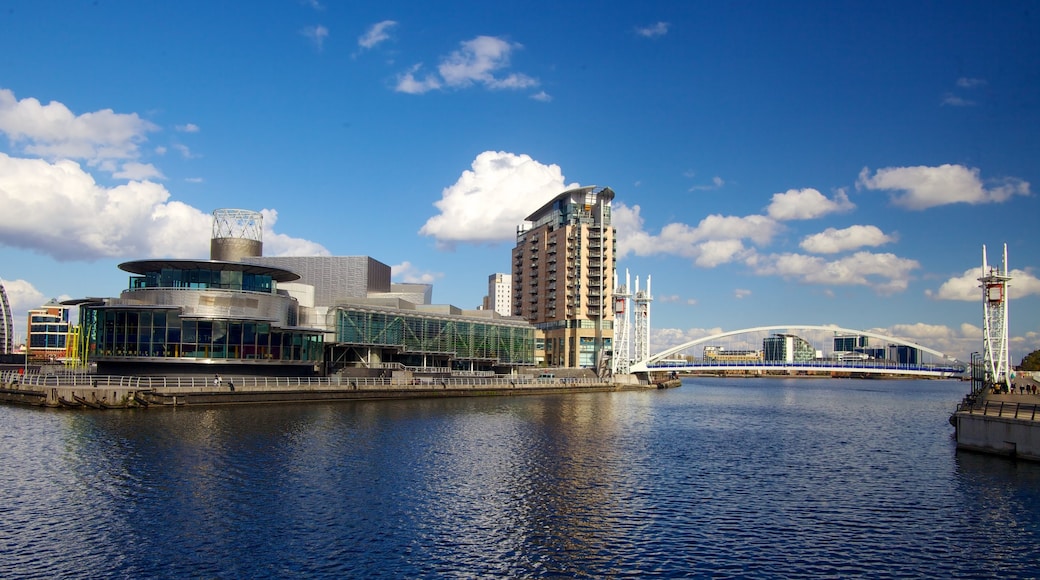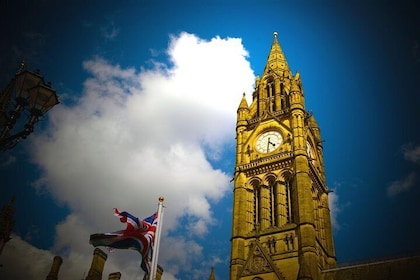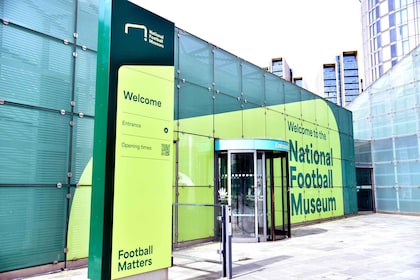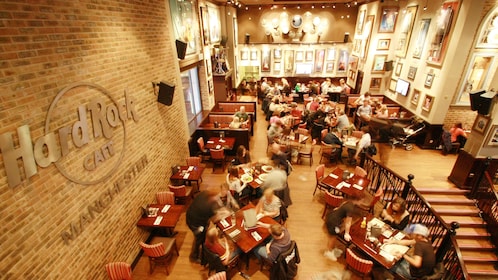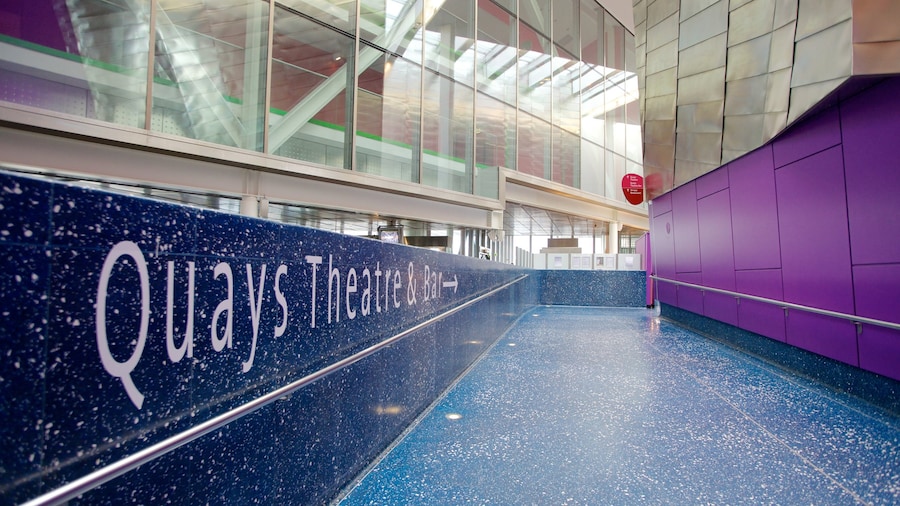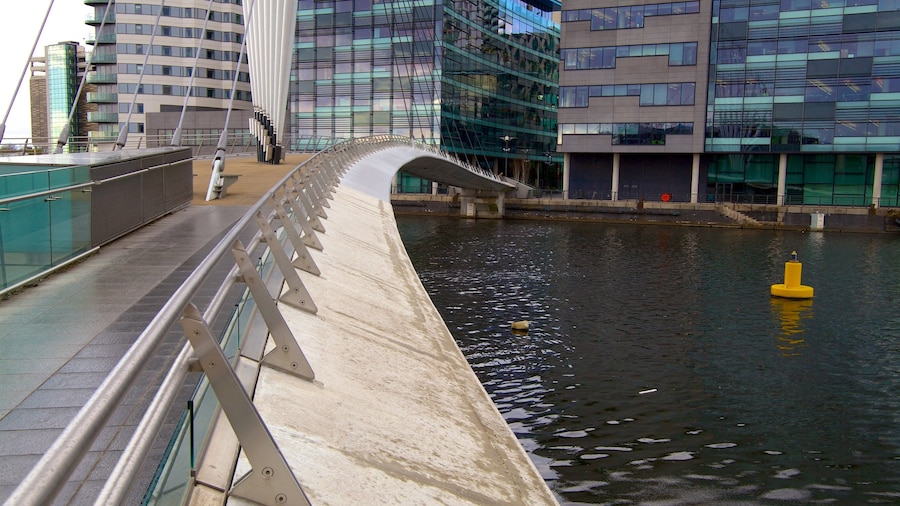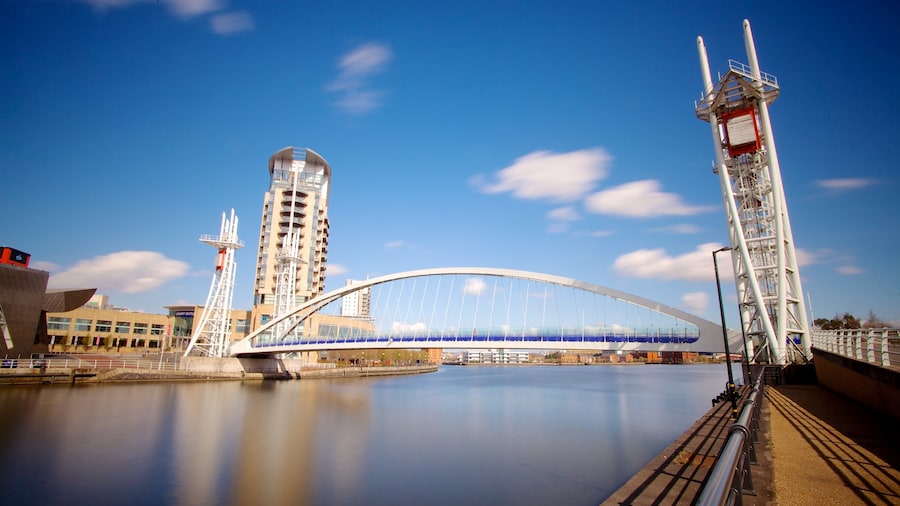This striking building is an award-winning museum with artefacts and exhibitions that cover the main conflicts of the 20th century.
While this museum has plenty of tanks, planes and other forms of military hardware, its main focus is on the personal effects of war. View the thousands of exhibits that reveal how lives have been shaped and destroyed by fighting since World War I.
Before you venture inside this free museum, spend a few minutes studying the building’s façade. The aluminum-clad structure was designed by Daniel Libeskind to reflect the nature and impact of war. The three jagged shards represent Earth, Air and Water in an imagined globe that is devastated by conflict.
Start your exploration in the Main Exhibition Space on level one. Here, you can observe the field gun that fired the British Army’s first shell of World War I. You can also see the 23-foot (7-meter) piece of steel recovered from Ground Zero after the 9/11 attacks. Step into the semi-enclosed spaces called “silos” that host temporary exhibitions.
Examine the compass crafted out of broken watches, gramophone parts, cardboard and a razor blade. It was used in a famous escape from a German prisoner-of-war camp during World War II.
Stay in the hall for the Big Picture Show. The lights dim and photographs and moving images are projected onto giant screens. This is a 360-degree audio-visual experience that explores personal experiences of war. Different shows are screened regularly.
Before you leave, climb the stairs or take the elevator to the Air Shard’s viewing platform. The 180-foot (55-meter) tower represents Air and is a prominent feature of Manchester’s skyline. Enjoy lofty views of the quays and canal area. Look down through mesh gangway beneath your feet to see the anti-aircraft searchlight pointing skyward.
Situated on the banks of the Manchester Ship Canal at Salford Quays, the museum is easily accessible by public transport from the city center. If you are driving, there is some parking on-site.
The Manchester Imperial War Museum is open every day except December 24, 25 and 26.
